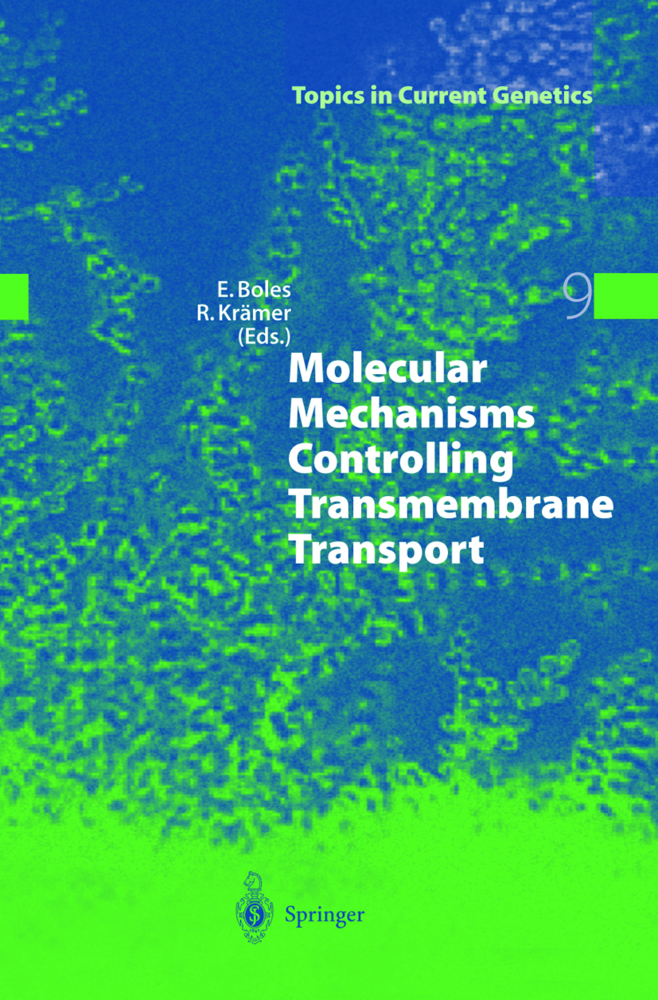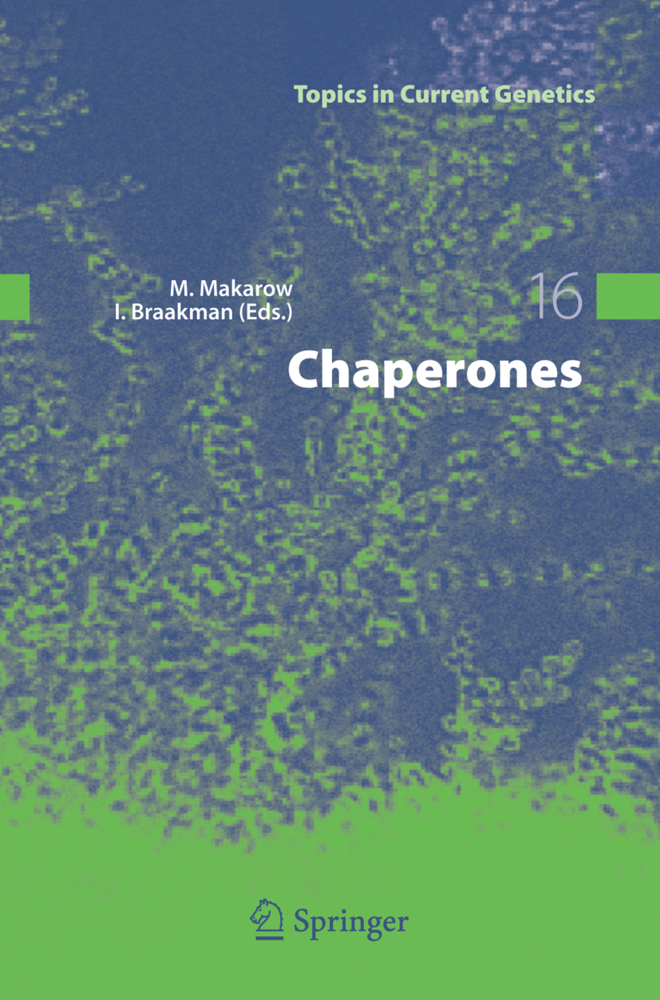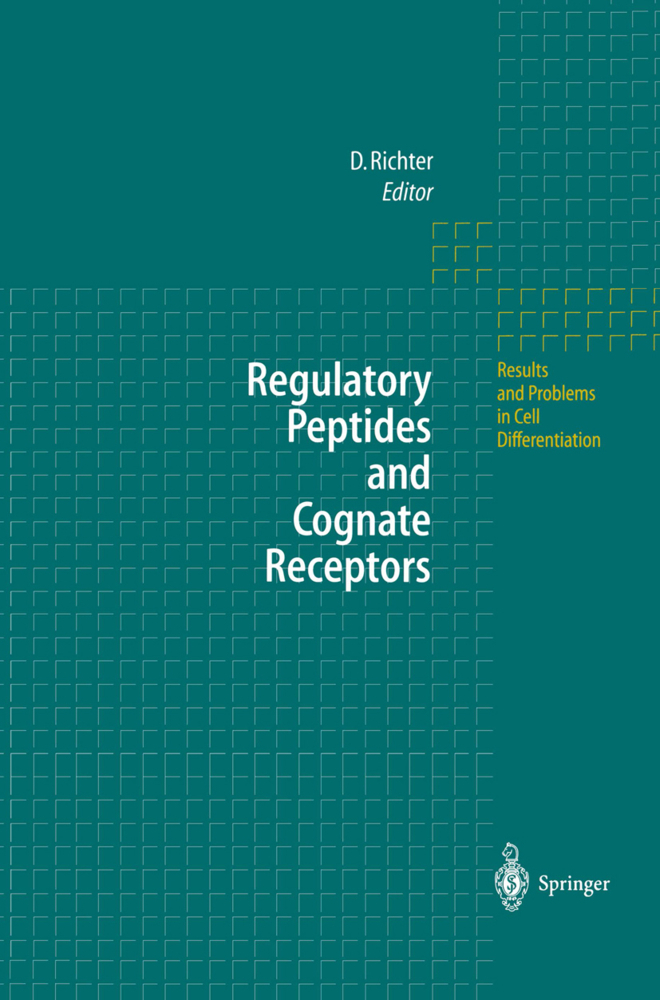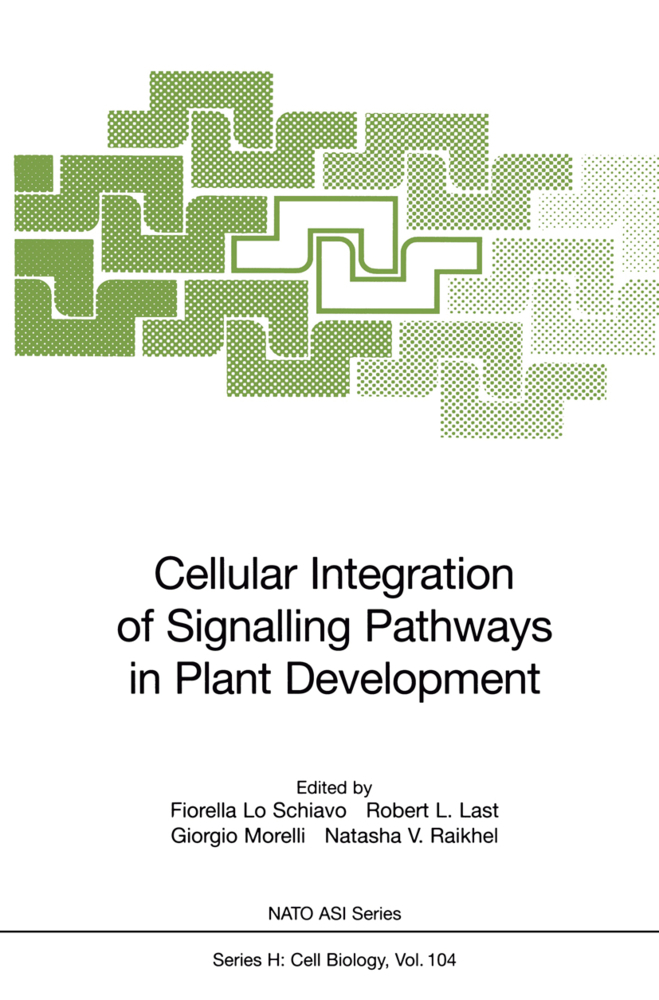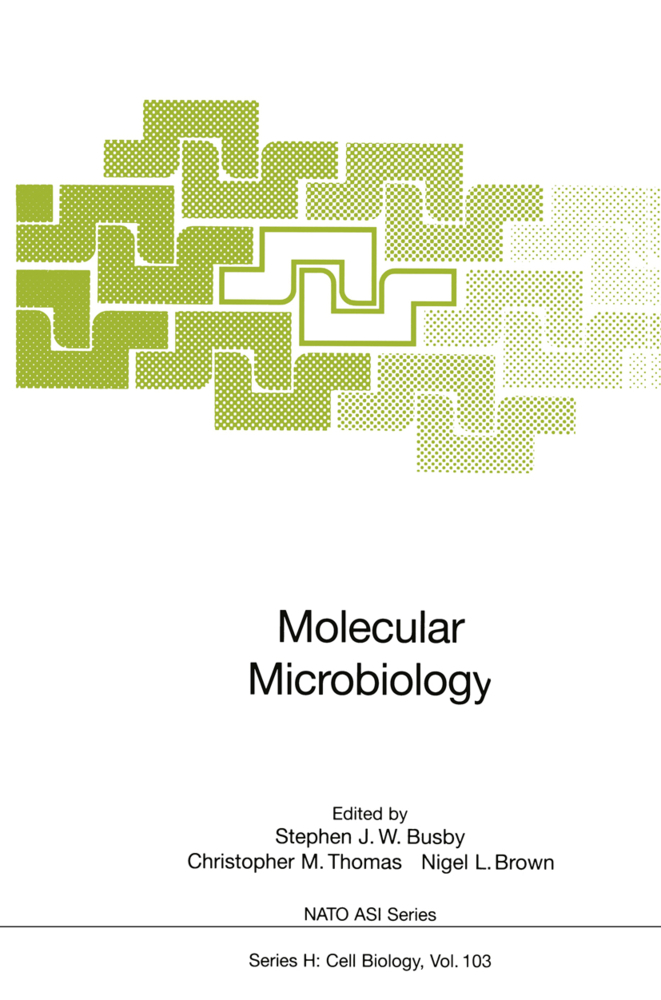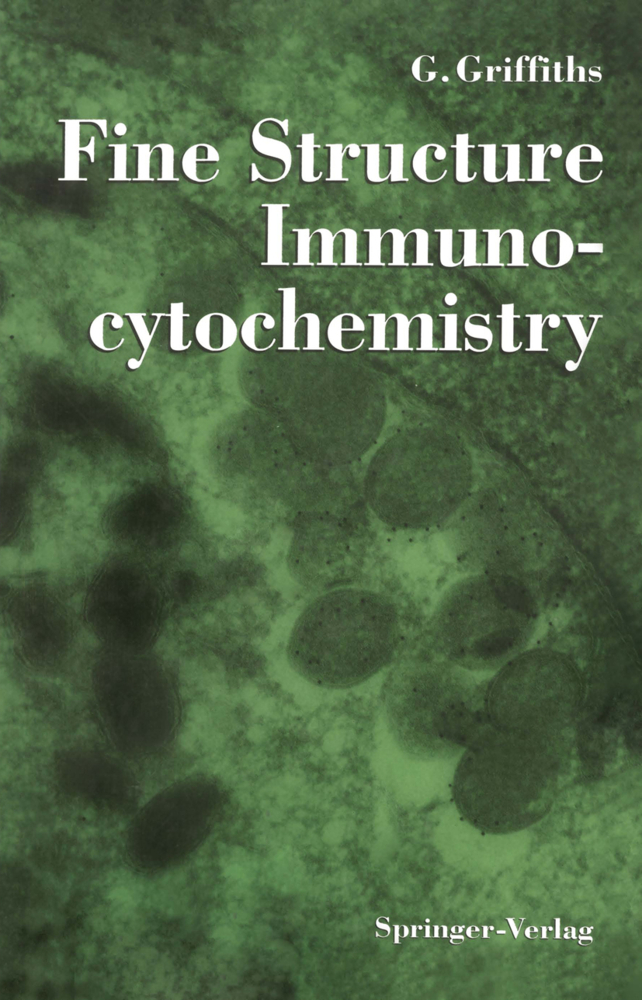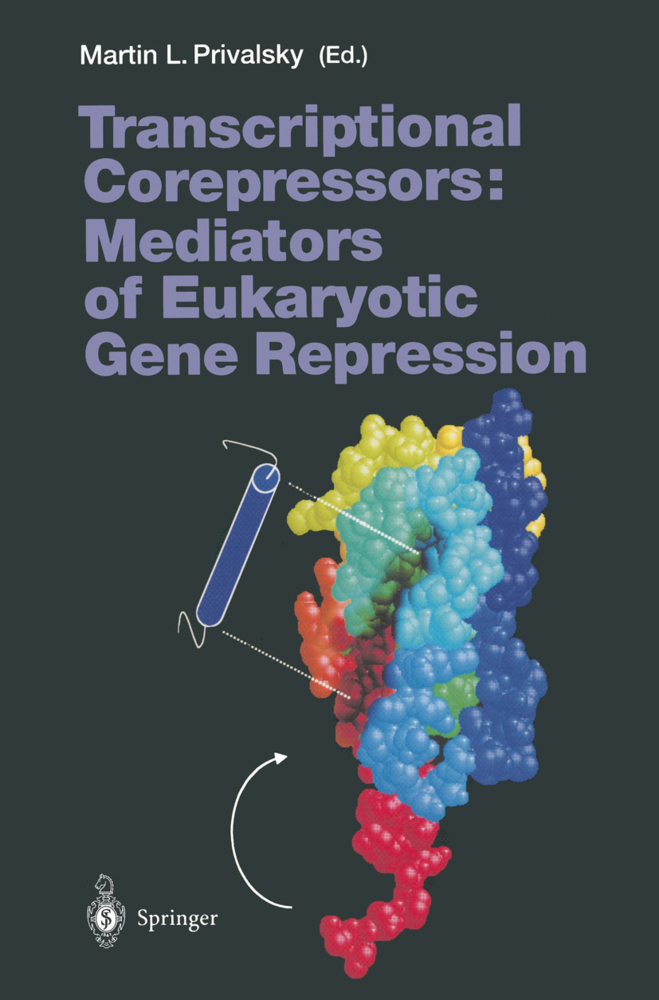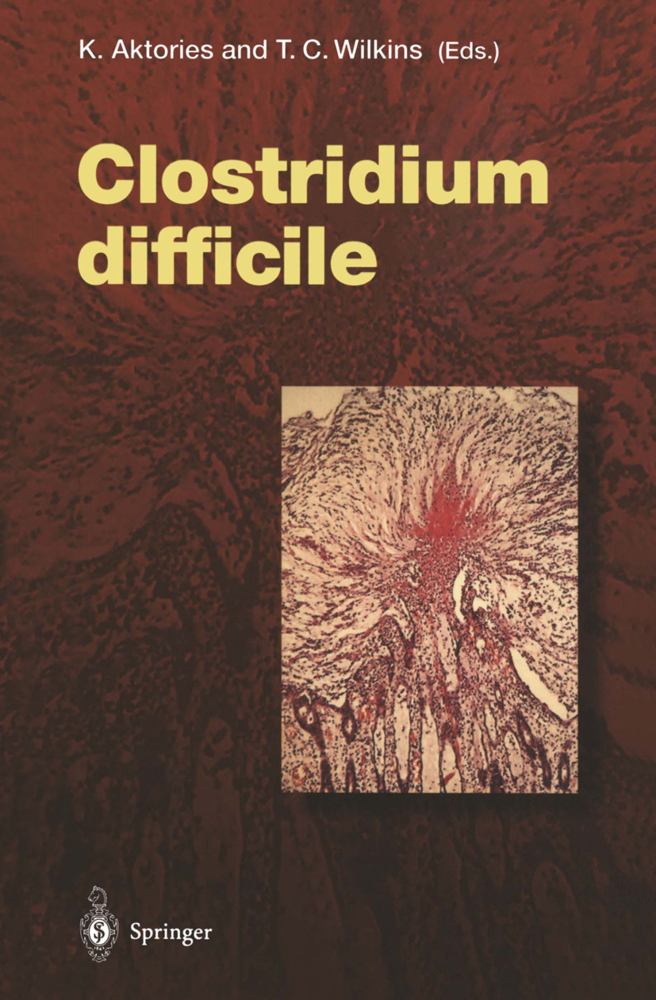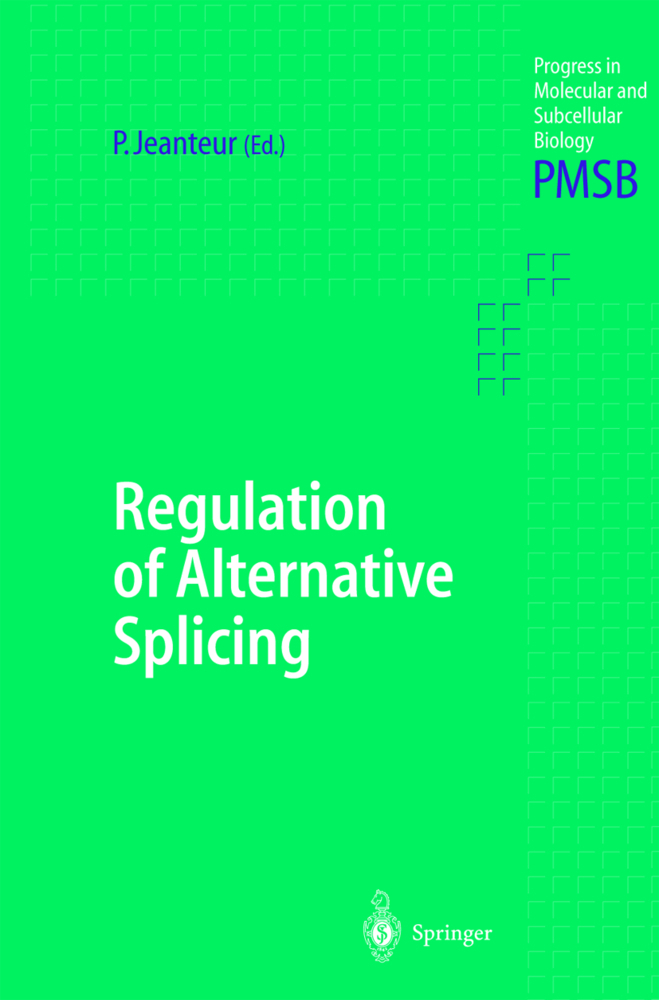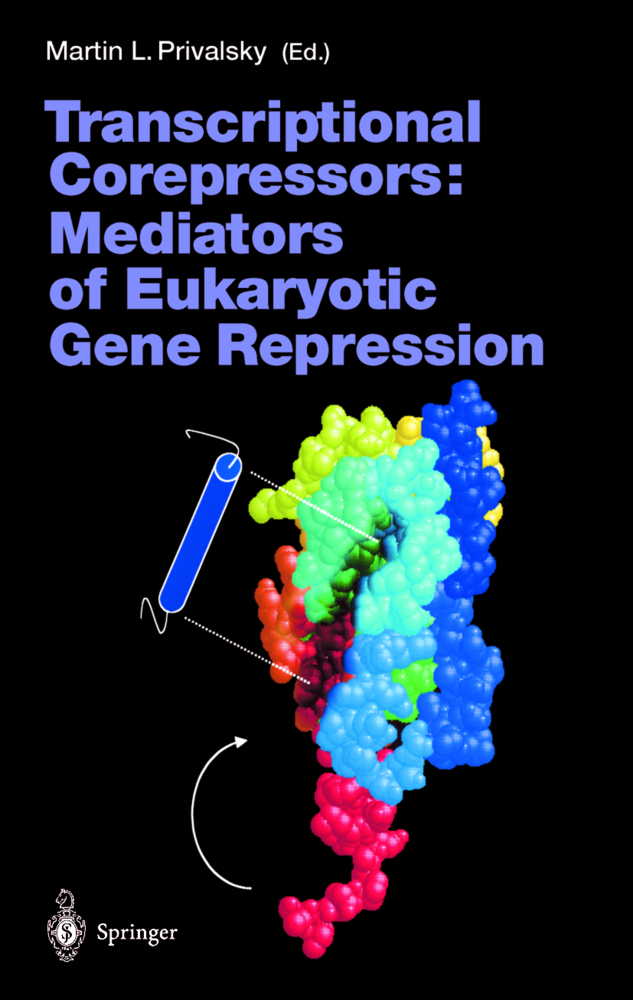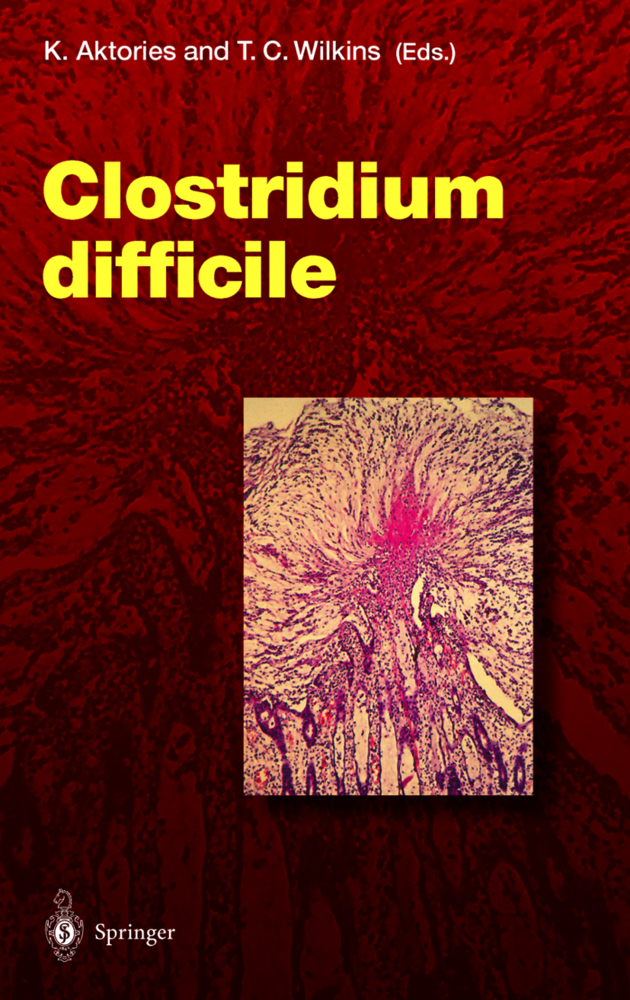Molecular Mechanisms Controlling Transmembrane Transport
Molecular Mechanisms Controlling Transmembrane Transport
All living cells are strictly separated from their surroundings by a membranous lipid bilayer. Into these membranes a variety of transport proteins are embedded that ensure the uptake and secretion of various molecules and ions. In order to respond properly to a changing nutrient supply or demand, as well as to external stress factors, cells must be able to adapt both amount and activity of the corresponding transporters. This book provides readers with state-of-the-art knowledge on the various regulatory mechanisms that control transmembrane transporter expression, activity and their subcellular localisation.
Role of Transporter-like Sensors in Glucose and Amino Acid Signalling in Yeast
Transcriptional Regulation of Intestinal Nutrient Transporters
Transport-Dependent Gene Regulation by Sequestration of Transcriptional Regulators
Regulation of Carrier-mediated Sugar Transport by Transporter Quaternary Structure
Regulation and Function of Ammonium Carriers in Bacteria, Fungi, and Plants
Osmoregulation and Osmosensing by Uptake Carriers for Compatible Solutes in Bacteria
The Bacterial Phosphotransferase System: a Perfect Link of Sugar Transport and Signal Transduction
Ancillary Proteins in Membrane Targeting of Transporters
Regulation of Transporter Trafficking by the Lipid Environment
Trafficking of Vesicular Transporters to Secretory Vesicles
Regulated Transport of the Glucose Transporter GLUT4
Molecules in Motion: Multiple Mechanisms that Regulate the GABA Transporter GAT1
Generation of Transporter Isoforms by Alternative Splicing
Membrane Trafficking of Yeast Transporters: Mechanisms and Physiological Control of Downregulation.
| ISBN | 978-3-540-21837-1 |
|---|---|
| Medientyp | Buch |
| Copyrightjahr | 2004 |
| Verlag | Springer, Berlin |
| Umfang | XV, 407 Seiten |
| Sprache | Englisch |

